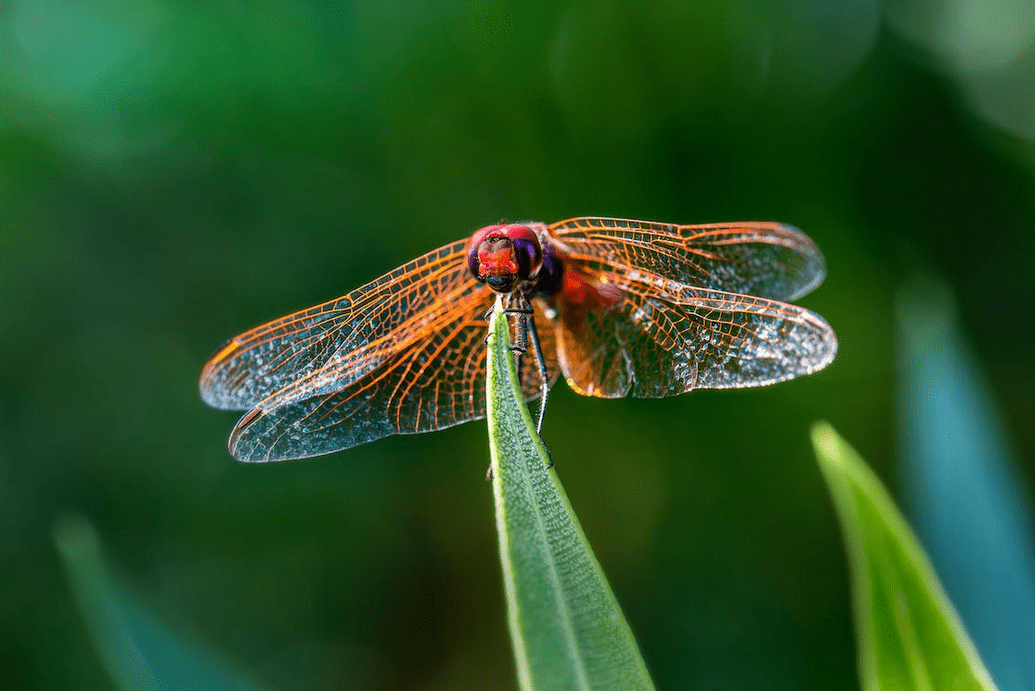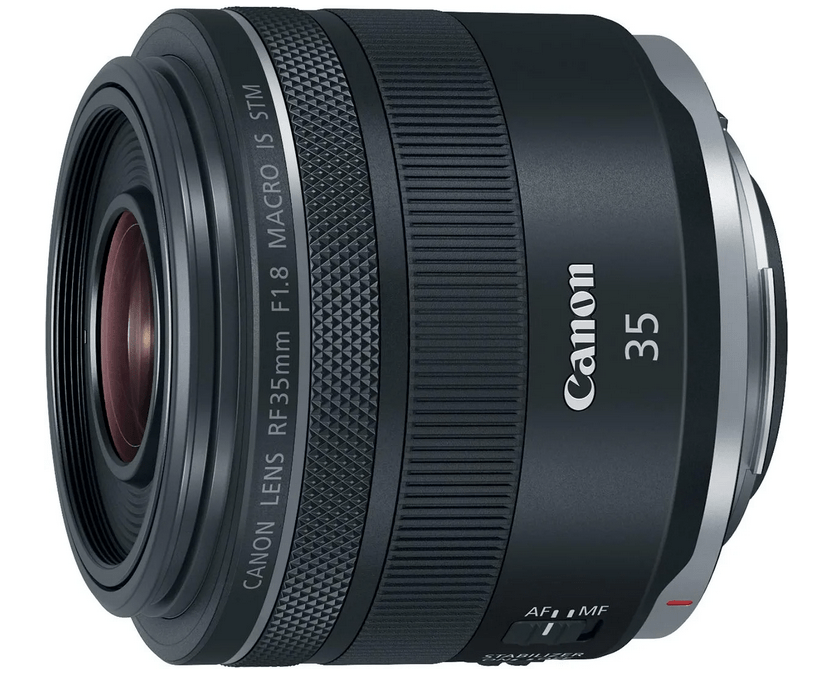As an Amazon Associate I earn from qualifying purchases.
A macro lens is a type of camera lens specifically designed for close-up photography. It allows the photographer to capture intricate details and small subjects with high clarity and sharpness.

a macro lens is a type of camera lens specifically designed for close-up photography. It allows the photographer to capture small subjects and intricate details with high clarity and sharpness, thanks to its shorter minimum focusing distance and higher magnification.
Contents
Importance of understanding what a macro lens is:
Macro lenses differ from other types of lenses in their ability to get much closer to the subject and capture more detail, and they come in a range of focal lengths to suit different needs. Using a macro lens also gives the photographer the ability to control the depth of field and isolate the subject or capture more of the scene in focus.
Knowing what a macro lens is and how it works can help photographers choose the right lens for their needs and improve the quality of their close-up shots.

Definition of a macro lens:
A macro lens is a lens that is specifically designed for close-up photography. It allows the photographer to capture small subjects and intricate details with high clarity and sharpness

How it differs from other types of lenses:
Macro lenses differ from other types of lenses, such as standard, telephoto, and wide-angle lenses, in that they have a much shorter minimum focusing distance and higher magnification. This allows them to get much closer to the subject and capture more detail.
Uses of a macro lens:
Macro lenses are commonly used for close-up photography, such as detail shots of flowers, insects, and other small subjects. They can also be used for portrait photography to capture fine details on the face, such as the eyes or lips.
How Does a Macro Lens Work?
Mechanics of a macro lens: Macro lenses work by using a series of lenses and elements inside the lens barrel to focus light onto the image sensor. They have a shorter minimum focusing distance and higher magnification than other lenses, which allows them to get much closer to the subject and capture more detail.
Details of Macro Lens :
Macro lenses come in a variety of focal lengths from wide-angle to telephoto. The important thing to remember is that the focal length of the lens will determine your field of view, available working distance and ability to blur the background when photographing your subject.
For example, the Canon EF-S 35mm f/2.8 Macro IS STM has a 35mm focal length (as the name suggests) and provides 1.0x magnification on its 5.1″ (130mm) MFD. In contrast, the Canon EF 180mm f/ 3.5L Macro USM produces the same magnification with the subject located 18.9″ (480 mm) from the sensor.

The extra working distance provided by longer focal length macro lenses can be very beneficial when photographing shy subjects such as insects. Longer focal lengths also create more pronounced background blur, which can be great for showing off your subject through isolation.
Focal length and magnification:
Macro lenses come in a range of focal lengths, from around 50mm to 200mm. The longer the focal length, the further away from the subject you can be while still capturing close-up shots. Macro lenses also have a higher magnification than other lenses, typically around 1:1 or greater. This means that the size of the image on the sensor is the same size as the actual subject in real life.
Aperture and depth of field:
Aperture is the size of the opening in the lens that allows light to pass through to the image sensor. On a macro lens, the aperture can be adjusted to control the amount of light and the depth of field. A smaller aperture (higher f-stop number) will give you a greater depth of field, which is useful for capturing more of the subject in focus.

A larger aperture (lower f-stop number) will give you a shallower depth of field, which can be used to isolate the subject and blur the background.
When to Use a Macro Lens:
Macro lenses are ideal for close-up photography, such as detail shots of flowers, insects, and other small subjects. They can also be used for portrait photography to capture fine details on the face
Final Thought
While there are several advantages to using a macro lens, there are also some potential disadvantages to consider. These include a limited focal length, a potentially higher cost compared to other lenses, and the need for precise focusing to get the best results. Despite these potential drawbacks, a macro lens can be a valuable tool for photographers who want to capture small subjects and intricate details with high clarity and sharpness. Whether you’re a beginner or an experienced photographer, learning how to use a camera lens can add a new dimension to your photography and help you capture stunning close-up shots.
As an Amazon Associate I earn from qualifying purchases.

